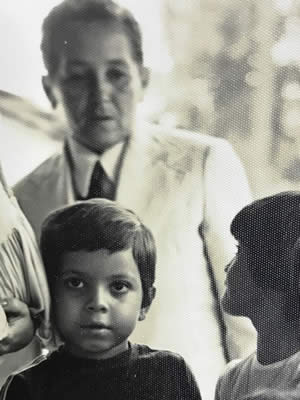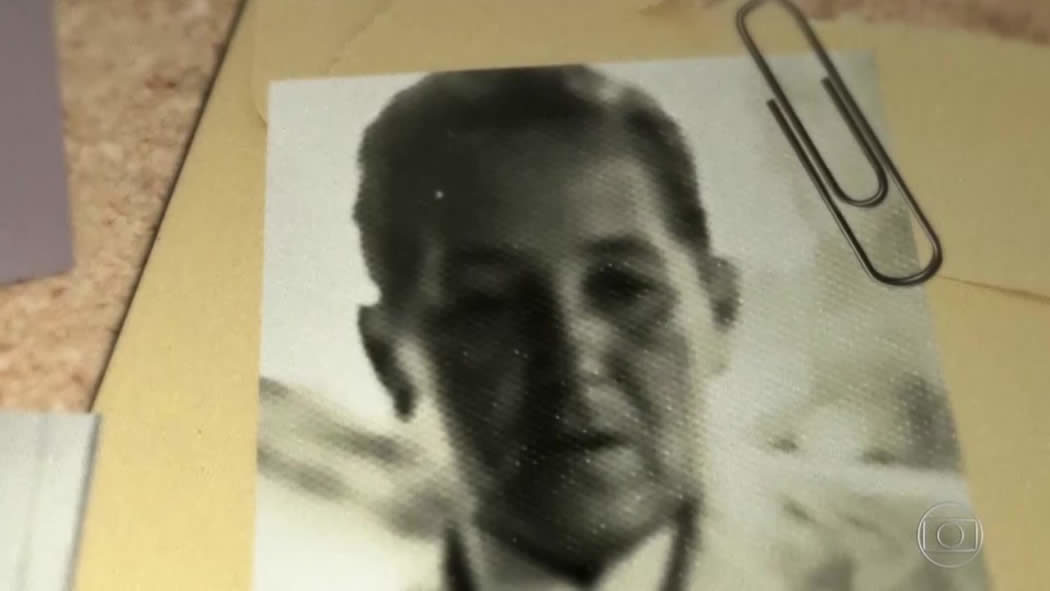The body of a 78 year old trans man has been held for months in Brazil due to a lack of documentation recognizing the deceased’s name and gender. Think this couldn’t happen to you? Think again. Unless you’ve had both top and bottom surgeries, the chance of being misgendered after death is staggeringly high.
“In life, transgender people face tremendous hurdles in trying to get accurate identification reflecting their true identities. In death, that’s no different.” — Michael Silverman, former executive director of the Transgender Legal Defense & Education Fund
Earlier this month, the Brazilian TV program Fantástico covered the case of Lourival Bezerra de Sá, a 78 year old man who died of a heart attack last October in central-west Brazil. His body has been held at the Legal Medical Institute of Mato Grosso do Sul ever since due to an institutional fault that prevents Lourival from having his identity recognized and receiving a dignified burial. The problem, you see, is that Lourival was transgender.
 Lourival lived his whole life with a masculine identity and yet friends, neighbors, and even adopted children interviewed by the program said they didn’t know that he was trans. Considering his age, it’s not surprising that he lacked documentation of his name and gender: correcting documentation was not possible in Brazil until March 2018 when the Federal Supreme Court recognized the right of trans persons to rectify their civil registry without surgery, psychological evaluation or judicial process. Without this documentation, the coroner identified Lourival’s body as that of a woman and officials at the Legal Medical Institute, seemingly gripped by gender confusion, won’t release Lourival’s body.
Lourival lived his whole life with a masculine identity and yet friends, neighbors, and even adopted children interviewed by the program said they didn’t know that he was trans. Considering his age, it’s not surprising that he lacked documentation of his name and gender: correcting documentation was not possible in Brazil until March 2018 when the Federal Supreme Court recognized the right of trans persons to rectify their civil registry without surgery, psychological evaluation or judicial process. Without this documentation, the coroner identified Lourival’s body as that of a woman and officials at the Legal Medical Institute, seemingly gripped by gender confusion, won’t release Lourival’s body.
Unfortunately, failing to recognize a trans person’s gender identity after death is not uncommon. Across Canada and in most U.S. states, the sex of a deceased person is determined by a coroner or medical examiner through observation of physical characteristics at the time of death or autopsy. Meaning, a trans person must have top and bottom surgery to have their gender identity recognized after death. As Callum Tate called it, “It’s the final ‘screw you.’”
The payload of being misgendered after death is multiplied when a transgender person’s next of kin or family hasn’t been supportive of their transition and doesn’t respect their gender after death.
[In November 2014] Jennifer Gable made national headlines. Gable was a 32-year-old transgender woman in Idaho who reportedly died of an aneurysm. During her funeral service, she was presented as a man with hair cut short and dressed in a suit. Despite having legally changed her name, the service—as well as the paid online obituary hosted by the funeral home—only made mention of her by the name she had been assigned at birth.
Misgendering after death is not only disrespectful to the deceased person, and difficult for the grieving family and friends, it can also negatively impact insurance claims, estate settlement, and genealogical records.
California is one of the states in the U.S. that has legislation in place to prevent the misgendering of transgender people after death. It was inspired by Christopher Lee, a transgender man who passed away in 2012 at the age of 48. After his death, the coroner identified Christopher’s gender as “female” on his death certificate, despite seeing a Driver’s License which identified him as “male” and hearing from his loved ones who said that he identified as a “Female to Male transgender man” and provided written documentation supporting this. The Respect After Death Act took effect in July 2015. The law ensures that death certificates reflect the authentic lived gender of the deceased, with various forms of proof accepted under the law, including written confirmation of the deceased’s wishes, updated birth certificates and driver’s licenses, or medical records of gender transition.
New Jersey unveiled similar legislation in July 2018, permitting gender identity to be listed on death certificates. And last month in Arizona, Representative Rosanna Gabaldón introduced HB 2290, which ensures the correct gender is listed on a death certificate.
“I want to see Arizonans get the dignity and the respect that they deserve … in life as well in death,” said Rep. Gabaldon.
For transguys who are unable or do not wish to undergo surgeries, there are a couple of legal options available to help prevent being misgendered after death:
- Make a will and provide instructions to your executor as to your wishes; or
- Complete an advance health care directive (aka “living will”)
Most state governments have an advanced directive form that you can fill out on your own. If you’re in the U.S., click here to to find your state’s advance directive and other key healthcare forms. If you’re in Canada, you can download a free advanced directive template here.
If you’re unable to sign the form in front of witnesses or a notary to make it legal, you can create a trusted decision maker form, which is the next best thing to a legal advance directive.
The Transgender Law Center also has a transgender-specific advanced directive document that allows you to appoint an agent with the power to enforce your wishes, as well as to list people who should have NO authority over arrangements following your death.
Back in Brazil, justice for Lourival is in the works. The Brazilian Institute of Transmasculinities (Ibrat) issued a statement repudiating the treatment of Lourival by the Fantástico report, which characterized Lourival as someone who mislead others about his identity. Additionally, the LGBTI + National Alliance issued a statement urging authorities to recognize Lourival’s gender identity. The damage has been done, but rectifying his mistreatment will at least offer some closure for Lourival’s loved ones.





1 Comment